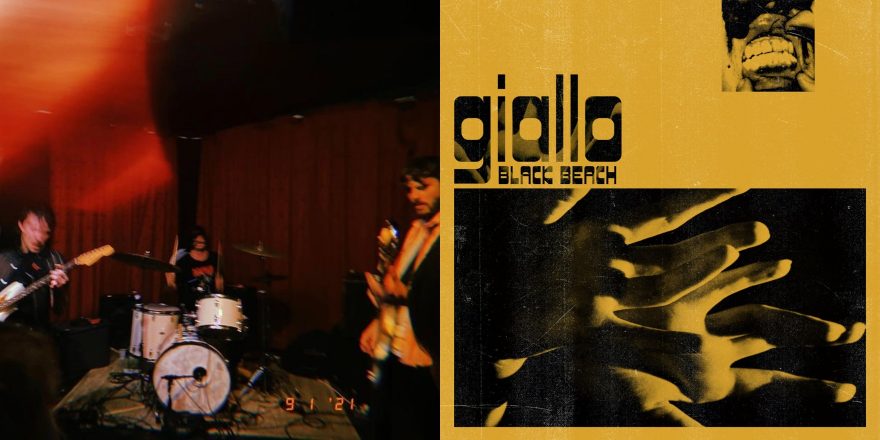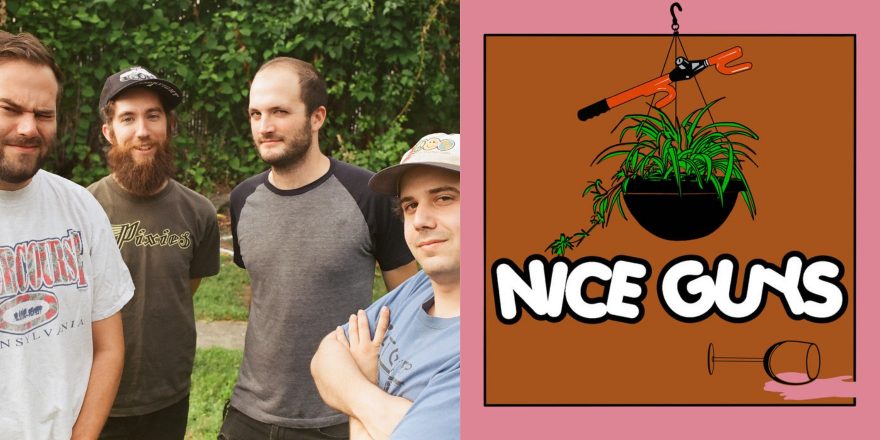Black leather-gloved killers, sexploitation, and bright, unrealistically-red blood permeated Giallo, the Italian subgenre that began in the 1960s, Mario Bava’s The Girl Who Knew Too Much often cited as the starting point.
The word giallo means yellow in Italian, the name of the genre referring to a series of cheap, yellow covered mystery thriller novels that rose in popularity in post-fascist Italy after a decades long ban on such media under Mussolini. These violent murder mysteries would lend inspiration to the film genre, exploring taboo subjects like sex, death, and drugs, which weren’t allowed to be shown under the fascist regime. They also served as a reflection of the growing paranoia around the rise of violent crimes in the country. Since Giallo films were relatively inexpensive to make, several Gialli were produced in the same year, sometimes by the same director. Though there were certainly deviations, Giallo films came to rely on many stylistic and thematic tropes such as outsider protagonists (tourists, loners, etc.), black leather-gloved killers, and extreme violence. Especially in the works of Mario Bava and Dario Argento bold colors, dramatic lighting, and disorienting cinematography and soundtracks were used to create atmosphere, sometimes taking precedence over coherent plotlines.
I discovered the genre in my late teens after watching Mario Bava’s Black Sabbath, which inspired the band to change names from its original moniker, Earth. I took a deep dive into Bava’s filmography, which was conveniently available on Netflix at the time. I would often write music and watch A Bay of Blood, Kill, Baby, Kill, and any other Italian horror movie I could find as background noise. Much of Black Beach’s earliest material was written this way. During the pandemic, I began another period of obsessively watching giallo movies, and once again I continued the habit of writing music while watching them.
When Black Beach decided to return to playing music together after several months of not seeing each other in person, we hit the ground running and wrote over a dozen songs. Since playing live music had been relegated to daydreaming at work for the foreseeable future, we decided to take some of the ideas we were developing and make an EP of music that wasn’t expected to be recreated live. Using that as the aesthetic jump off point led to the idea of writing an EP with no guitar. What resulted were four songs that revolved around repetitive rhythm section grooves with synths, loops, samples, and trumpet replacing guitar. After several recording sessions experimenting with different instruments the sounds we were capturing started to resemble horror film scores. For a band composed of horror nerds and film score fans this was exciting, so we decided to lean into that sonic territory even more. When it came time to name the EP, Giallo was suggested and it seemed to fit the aesthetic we were developing.
The stylized visuals and tension filled scores of these movies ended up lending a great deal of influence on the music we were writing. Here are a few of note:
Suspiria
I’ll get this one out of the way early as it’s probably the most famous on the list, and a lot has been said about it already. Probably my favorite movie of all time, Suspiria is Dario Argento’s 1977 masterpiece about an American ballet student who transfers to a German ballet school. She begins to notice something strange about the school, eventually getting herself wrapped up in a murder mystery. Though it can be argued that Suspiria isn’t a Giallo at all due to its supernatural themes, it is the best example of how Gialli used lighting and colors. The visual aesthetic of this film heavily revolves around the color red, from the very obviously fake blood to weird red lights and the bright red walls inside the ballet school. Watching this film is like watching a Rothko painting in motion. The score by the prog rock band Goblin adds to the disorienting atmosphere. Suspiria is the perfect introduction to the genre.
Blood and Black Lace
Blood and Black Lace is Mario Bava’s second film, and the one that created and cemented many of the Giallo tropes that became commonplace in the genre. The film revolves around the brutal murders of several models in a Roman fashion house. All the usual visual tropes are on display here, from masked black leather-gloved killer to the beautiful gothic fashion house interior complete with creepy red mannequins resembling nude women. The score by Carlo Rustichelli adds to this stylistic masterpiece with a catchy but unsettling lounge piece as the title track which evolves throughout this film, changing slightly with each murder.
A Lizard in a Woman’s Skin
Lucio Fulci’s A Lizard in a Woman’s Skin is the most overtly sexual film on this list, the movie revolving around a politician’s daughter who awakes from a vivid dream of an LSD-fueled orgy that ends in the murder of her neighbor, only to awake and find the neighbor actually was murdered and she is a suspect. Italian film score master Ennio Morricone (also famous for scoring Sergio Leone’s Dollars Trilogy starring Clint Eastwood) lends an incredible soundtrack here which ranges from dissonant string and organ based jazz pieces to full blown fuzz soaked funk/rock jams reminiscent of Miles Davis’ On the Corner, but maybe even more unhinged.
The Bird with the Crystal Plumage
Dario Argento’s directorial debut and first foray into the Giallo genre, The Bird with the Crystal Plumage took stylistic cues from Blood and Black Lace and added Argento’s own aesthetic ideas, launching the Giallo film into mainstream popularity. The Bird follows an American writer and his English model girlfriend vacationing in Rome. On the verge of leaving due to writers block, the writer witnesses a murder inside an art gallery by a masked and gloved killer and is forced to stay in the country as he is an important eye witness. Ennio Morricone once again lends a score here that shifts between dreamy folk pieces, dissonant drones and smokey jazz percussion that sounds like an Angelo Badalamenti soundtrack without the quirk.
—Steven Instasi
(Photo Credit: left, Shannon Olenick; right, Stephanie Cafarella)







